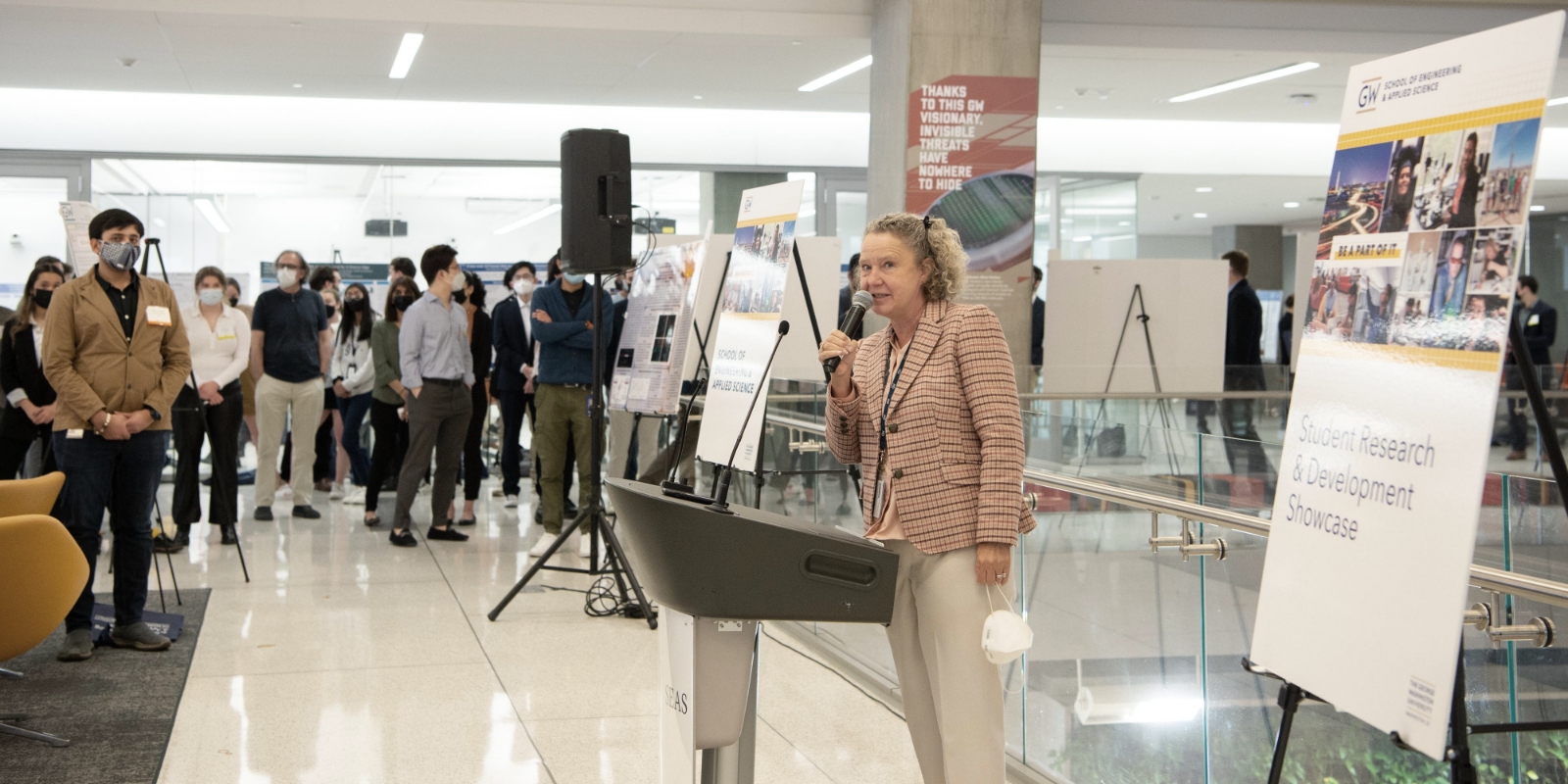SEAS alumnus Randolph "Randy" Graves established the SEAS Student Research & Development Showcase in 2007, which has now become a recurring event for the school. This annual celebration showcases over 100 cutting-edge research projects conducted by graduate and undergraduate students throughout the institution. Starting in 2022, the showcase expanded to include SEAS senior design/capstone projects, further enriching the event.
Below are the awardees of the Office of Innovation & Entrepreneurship $1,000 Commercialization Prizes at the 2023 SEAS R&D Showcase.
Zhiyuan CHen
Heart disease is the number one cause of death in the United States. We developed a bioresorbable and transparent microelectrode array platform that enables multimodal mapping and modulation of cardiac physiology and temporary arrhythmia management. The device is constructed entirely of FDA-approved materials that will completely disappear in the body.
Vikas Soni
I am working on the treatment of bacteria, viruses (SARS-CoV-2, flu, etc.), and cancer using plasma medicine. Modulating reactive oxygen species (ROS) levels has been proposed as a therapeutic strategy to selectively target the destruction of cancer cells. In my research, I utilize plasma to induce ROS-mediated brain tumor inhibition in-vitro and in-vivo
Joshua Powers & Claire Allison
Our goal is to provide the user with a device that can quickly display a neutrophil count as well as the first time of detected NETosis with minimal user input. This device will consist of a custom-build microscope mounted over an automated linear slide guide.
Anthony Aduwari
There is a growing interest in the use of continuous machine perfusion for donor hearts in heart transplant. The goal of this project was to build and test a sensing and simulation system that will raise and lower cardiac metabolic demand (heart rate in this case) in response to reductions and elevations of oxygen delivery to the heart.






